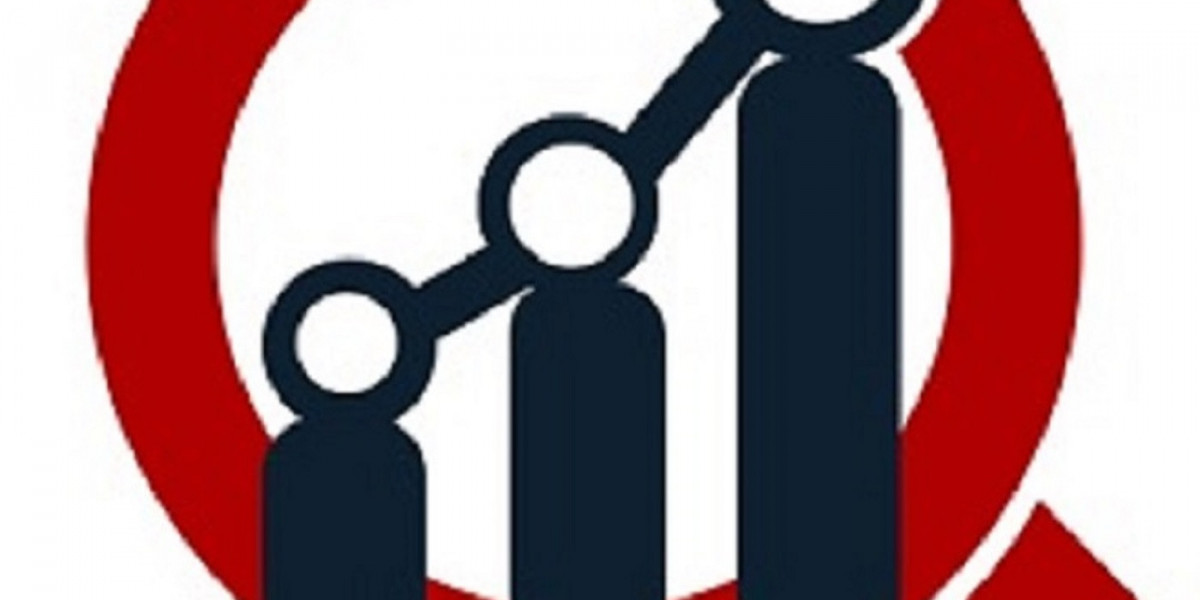Microinsurance: A Pathway to Financial Inclusion
Microinsurance refers to insurance products specifically designed to cater to low-income individuals or communities who are typically underserved by traditional insurance markets. These products are typically low-cost and provide coverage for a range of risks, such as health, agriculture, life, and property, but at a scale that is accessible to those who might not otherwise be able to afford conventional insurance.
The Concept of Microinsurance
At its core, microinsurance is about making insurance affordable and accessible to populations with limited resources. It involves offering smaller insurance policies with premiums that are low enough to fit the budgets of people living in poverty or with unstable incomes. The goal is to provide a safety net against the risks that could otherwise devastate these individuals and families, such as health emergencies, crop failures, or natural disasters.
Microinsurance products typically have lower premiums, fewer exclusions, and simplified claims processes compared to traditional insurance. In many cases, these products are designed to be sold in rural areas, where access to insurance services is often limited, using methods like mobile phones, agents, and community groups to distribute policies.
The Growth of Microinsurance
The importance of microinsurance has grown rapidly in recent years, particularly in developing countries. According to the MicroInsurance Network, the number of people covered by microinsurance has been increasing steadily, reaching over 500 million globally. This growth has been driven by several factors:
- Global Push for Financial Inclusion: With many people still excluded from financial services, microinsurance is seen as a vital tool in promoting financial inclusion, allowing low-income households to access the protection and benefits that insurance provides.
- Technological Advancements: The rise of mobile money platforms and digital technologies has made it easier to distribute microinsurance products, particularly in regions where traditional insurance infrastructure is lacking.
- Climate Change and Natural Disasters: With climate change increasing the frequency and severity of natural disasters, microinsurance offers a way to protect vulnerable populations from the financial consequences of these events.
- Partnerships with NGOs and Governments: Many governments and non-governmental organizations (NGOs) are partnering with insurers to offer subsidized microinsurance products to low-income communities, recognizing its potential to protect lives and livelihoods.
Sample Request For Free Pdf - https://www.marketresearchfuture.com/sample_request/11789
Types of Microinsurance
Microinsurance covers a broad range of risks and is designed to be flexible to meet the specific needs of different communities. Common types of microinsurance include:
- Health Insurance: Micro health insurance products provide coverage for basic health services, which can be life-saving for families without access to affordable healthcare. These policies often cover hospital stays, doctor visits, medication, and preventive care.
- Crop Insurance: For farmers in developing countries, micro crop insurance offers coverage against the risk of crop failure due to natural disasters like droughts, floods, or pests. This type of insurance helps protect farmers' incomes and ensures food security.
- Life Insurance: Micro life insurance policies offer low-cost coverage that can provide a financial safety net for families in the event of the death of a breadwinner. These policies typically offer smaller payouts compared to traditional life insurance but are critical for low-income households.
- Property Insurance: Micro property insurance protects against the financial loss of personal property due to theft, fire, or natural disasters. This is particularly useful in communities vulnerable to disasters like floods or earthquakes.
- Index-Based Insurance: This innovative model uses objective data, such as weather indices or satellite data, to trigger payouts based on predefined thresholds, like a certain amount of rainfall or a temperature range. This eliminates the need for claims verification and speeds up the payout process.
Challenges in Microinsurance
Despite its potential, microinsurance faces several challenges that hinder its broader adoption:
- Low Awareness and Trust: Many low-income individuals are not familiar with insurance products and may be skeptical of insurers due to past experiences or a lack of trust in formal financial institutions. Overcoming this barrier requires education and trust-building efforts.
- High Distribution Costs: Reaching remote or rural communities can be expensive, especially in regions with limited infrastructure. Insurance companies must develop cost-effective ways to distribute policies and handle claims.
- Regulatory Hurdles: In many countries, regulatory frameworks for microinsurance are still evolving. Insurers may face challenges in obtaining licenses or meeting regulatory requirements, which can hinder the development of new products.
- Sustainability of the Business Model: While microinsurance offers important social benefits, insurers must ensure that the products are financially sustainable. Low premiums, combined with high operational costs, can make it challenging to maintain profitability.
The Future of Microinsurance
The future of microinsurance looks promising as more and more individuals in developing countries seek ways to protect themselves from financial risks. Here are a few trends that are shaping its future:
- Digital Distribution and Mobile Technology: The use of mobile phones to distribute insurance products is expected to continue growing. Mobile platforms allow insurers to reach a large number of people in remote areas and offer easy access to insurance policies, payments, and claims.
- Customization of Products: As the industry matures, microinsurance products are becoming more tailored to the specific needs of different communities. Insurers are offering more flexible policies that can be customized to cover various risks depending on local needs and conditions.
- Partnerships for Impact: The success of microinsurance is increasingly dependent on partnerships between insurers, NGOs, governments, and development organizations. These collaborations enable insurers to reach a wider audience and provide more affordable policies.
- Integration with Other Financial Products: Microinsurance is likely to become increasingly integrated with other financial services such as savings accounts, credit, and digital payments. This holistic approach will help improve the overall financial security of low-income populations.
Conclusion
Microinsurance represents a powerful tool in the fight against poverty and financial exclusion. By providing low-income populations with access to affordable insurance, microinsurance can offer a safety net that helps families and individuals recover from financial shocks. As technology continues to evolve and partnerships between insurers, governments, and NGOs grow, the potential for microinsurance to make a significant impact on global financial inclusion is vast. With continued innovation and support, microinsurance could play a key role in creating a more resilient and financially secure future for the world's most vulnerable populations.
Related Report -
| Parametric Insurance Market |
| Sme Insurance Market |
| Specialty Insurance Market |
| Marine Freight Insurance Market |
| Medical Professional Liability Insurance Market |








